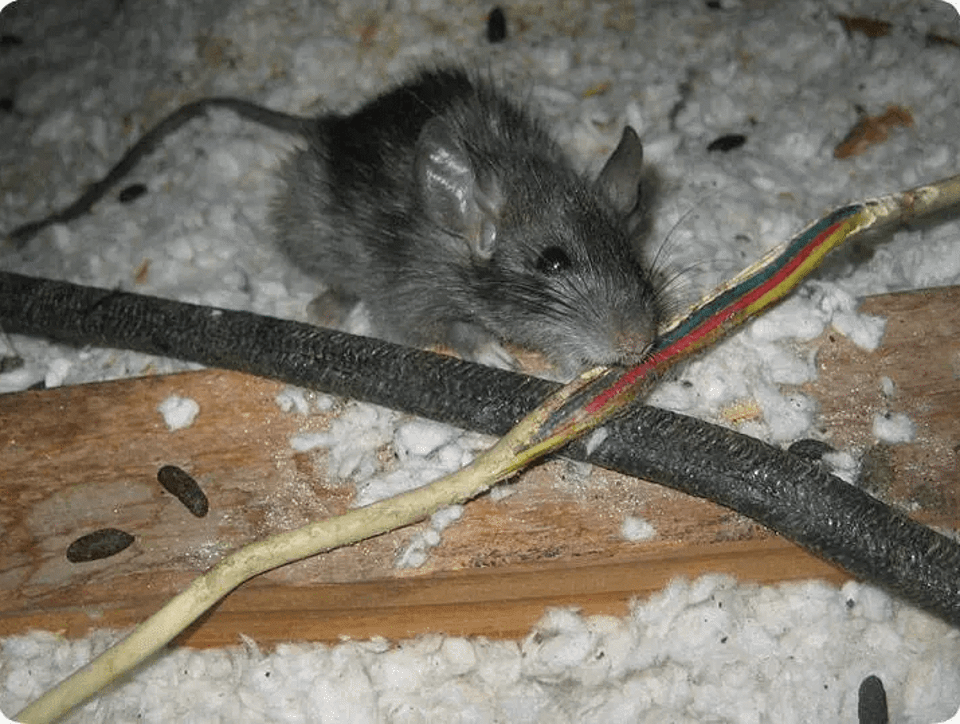Pests have brought historical downfall to humans multiple times. For instance, the Bubonic plague, which caused the death of millions of people worldwide, has been labeled in books as one of the deadly diseases that ever occurred to humankind.
Rats, termites, mosquitoes, rodents have become the source of illnesses and destruction. As science and technology improve, different ways to eliminate pests have surfaced.
The early use of pesticides
The oldest pest control record dates back to 4000 years ago when the Sumerians used sulfur to protect the crops. Throughout thousands of years, various civilizations made use of different toxic substances to kill pests and protect their crops and homes.
Before the 1940s, there was still a wide practice of using inorganic substances like sodium chlorate and sulphuric acid. Pesticides made from coal gas production by-products were also aplenty.
In the early ’40s, organic substances were discovered to be cheap and effective alternatives to the previous pesticide variations. Farmers used nitrophenols, chlorophenols, creosote, naphthalene, and petroleum oils in large quantities.
However, these pesticides were also proven to be harmful as they destroyed non-target crops and resulted in phytotoxicity. Dichlorodiphenyltrichloroethane also became popular. DDT was widely used, appeared to have low toxicity to mammals, and reduced insect-born diseases. However, it was later on discovered to be harmful to the environment.
Modern-day research
Serious efforts to study pesticides only started in the 1970s. As soon as money and time were allotted for research, scientists had many breakthroughs in pesticide use. They invented the herbicide, glyphosate, the low-use rate sulfonylurea, among others.
While the early portion of the century was spent on perfecting the safest pesticide, the latter half saw the growth in the application Integrated Pest Management (IPM).
At present, the use of pesticides is regulated by law.
That is why Integrated Pest Management is highly encouraged, if not mandated.
Integrated Pest Management
IPM is a pest management approach that uses both common-sense practices and pesticide applications. It is considered effective and environment-friendly because it limits the amount of chemical or organic substance introduced to residential, commercial, and agricultural areas. It is a method to control and exterminate pests with the least amount to hazard to people, the environment, and property.
How do IPM programs work?
IPM combines various pest control methods in its implementation. It employs both planning method, based on the seasonal occurrence of pests and the use of pesticides. IPM includes a four-step approach:
Setting Thresholds
The presence of one pest does not trigger an entire action plan under the IPM approach. Instead, action thresholds are set. The conditions must be determined first to qualify in pest control actions must be conducted. The pest management is backed by data, indicating when is the right time to commence treatment/control.
Monitoring and Identification
Through the IPM approach, careful evaluation is done to see which pests, insects, and other living organisms necessitate control. It balances the advantages and disadvantages of their presence. By monitoring and identifying, decisions can be made appropriately. This step ensures that the introduction of pesticide or other control methods is proportional to the gravity of the situation. It also guarantees that non-harmful organisms are not affected by the actions taken.
Prevention
One of the good things that IPM boasts is the use of preventive measures. It does not simply rely on chemical substances and harsh approach to terminate pest problems. It uses common-sense and practical approaches, such as sanitation, mechanical/manual prevention, and the introduction of beneficial insects, among others.
Control
When all of the steps are completed, IPM evaluates and makes an honest assessment of the situation. If all methods prove to be insufficient, IPM would now entertain the use of chemicals and pesticides. But it is still conducted in a highly systematic manner. The use of pesticides is targeted and controlled.
Nowadays, more pest control services adopt this method for rodent pest control.

A Final Word
Rodent extermination is not just a question of how much pesticide you are going to use. It needs a more holistic approach. Rodent infestation is one of the most difficult pest situations to deal with; because rodents multiply exponentially.
Jim Wright, the executive director of the South Carolina Pest Control Association, said: “Use of rodenticide is one of the tools in your toolbox. You need to think a little out of the box.” The combination of natural methods and pesticide use is warmly embraced by many in the pest control industry. That is why IPM is becoming more critical, and it is understandable why.
Rocklin Pest Control is a believer that pest control requires a multi-pronged approach. Our decade of experience in pest control taught us to look for more effective methods and treatments continuously. That is why our services continue to work efficiently, and our clients are happy. If you need a problem solver that guarantees effective pest management, call Rocklin Pest Control today.



